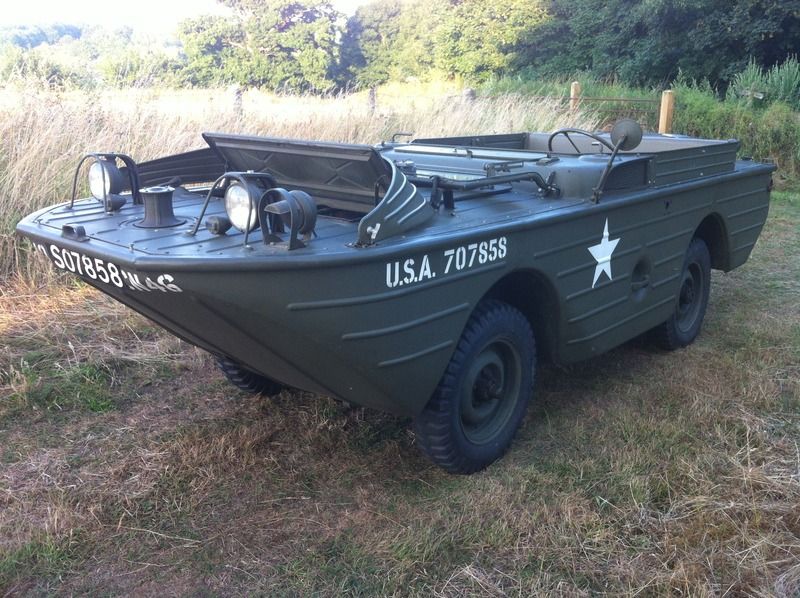AmateisGal
I'll Lock Up
- Messages
- 6,126
- Location
- Nebraska
I was going to put this in the vintage car thread, so bartenders, please move if you feel it is appropriate.
Here's my question:
Does anyone have any good source material for how auto body repair was done in the 1940s, specifically 1946?
Ironically, my husband is an auto body guy (with a degree and everything!) but his interest is in the cars of the '60s and '70s and how repair is done now, not in the '40s. That's why I'm turning to you all.
(And yes, this is for my current novel. )
)
Anyone have any good ideas on where I can look for this type of stuff?
Here's my question:
Does anyone have any good source material for how auto body repair was done in the 1940s, specifically 1946?
Ironically, my husband is an auto body guy (with a degree and everything!) but his interest is in the cars of the '60s and '70s and how repair is done now, not in the '40s. That's why I'm turning to you all.
(And yes, this is for my current novel.
Anyone have any good ideas on where I can look for this type of stuff?



